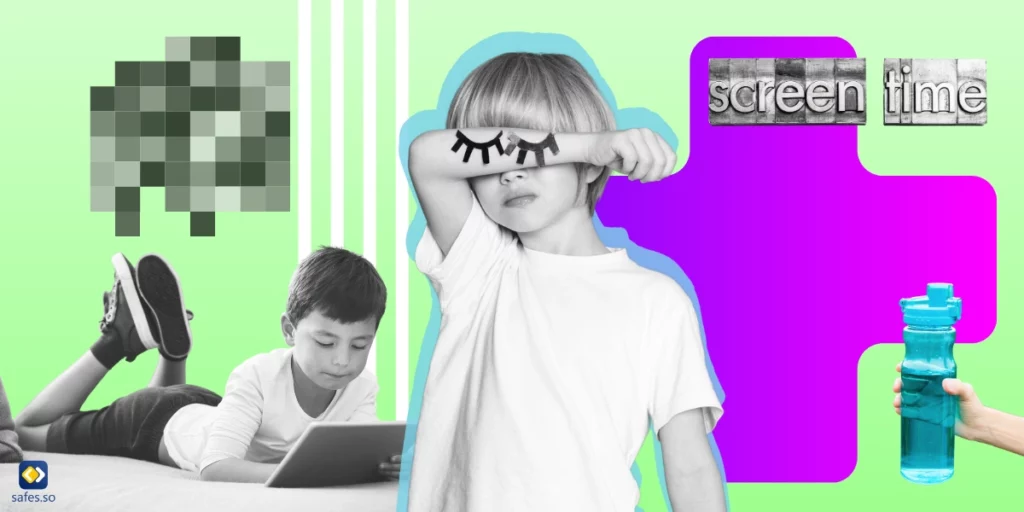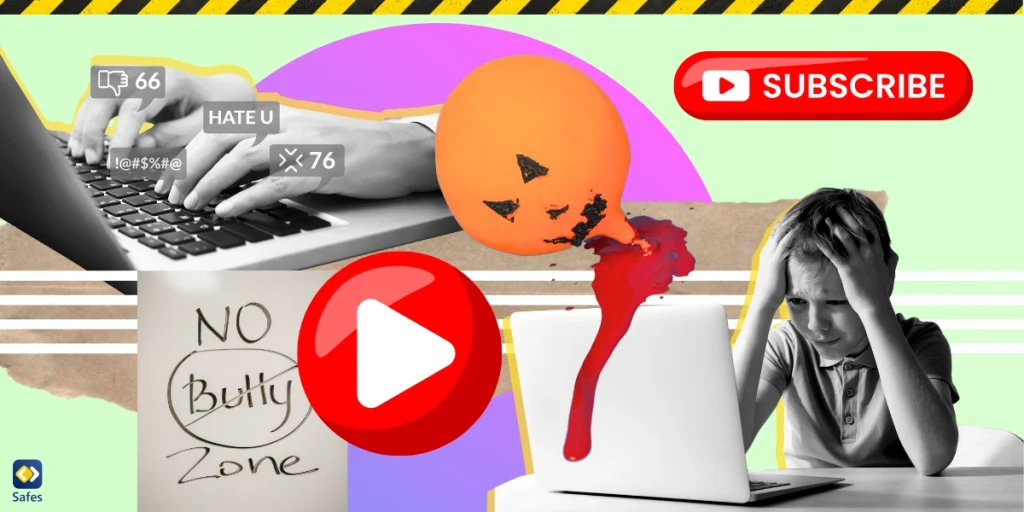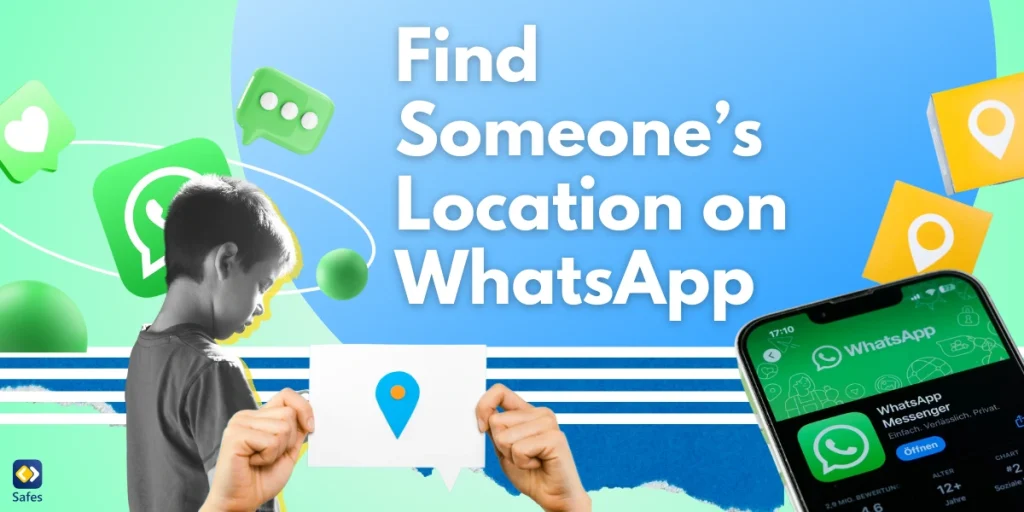Welcome to our eye-opening blog post, “Addressing the Causes of Blurry Vision in Kids with Technology”! As more children embrace the digital era, it’s crucial to understand what causes blurred vision and how to prevent it. The increased use of technology among kids has led to excessive screen time, which can significantly impact their vision. In this post, we will dive deep into the potential effects of technology on children’s eyes and discuss practical ways to safeguard their vision. After all, preventing blurred vision and its underlying causes is essential for ensuring a bright and clear future for our tech-savvy youngsters.
Download and Start Your Free Trial of the Safes Parental Control App
Understanding Blurred Vision
Blurred vision, a common eye condition, occurs when objects appear hazy or out of focus, which can significantly impact a child’s daily life. It affects their ability to learn, engage in activities, and interact with the world around them. Common causes of blurred vision include mild astigmatism, myopia (nearsightedness), hyperopia (farsightedness), and presbyopia (age-related farsightedness). In addition to these refractive errors, blurred vision can also result from dehydration and certain medical conditions. By understanding the various factors that contribute to blurry vision in children, we can take proactive steps to address and prevent these issues.
Connection to Excessive Screen Time
Excessive screen time can lead to blurred vision because constantly staring at screens puts strain on our eyes. This strain, known as digital eye strain (or computer vision syndrome), can cause discomfort and result in temporary blurry vision. It’s important to give our eyes a break to avoid this issue.
Blue light emitted from screens can also have negative effects on children’s eyes. It can disrupt their sleep patterns, cause eye strain, and potentially contribute to long-term damage to the retina. Protecting their eyes from harmful blue light is essential for their overall well-being.
To reduce screen time and promote healthy screen habits, try implementing the 20-20-20 rule: every 20 minutes, take a 20-second break and look at something 20 feet away. Encourage kids to engage in outdoor activities and limit screen time before bedtime to ensure a good night’s sleep. Lastly, consider using blue light filtering tools and adjusting screen brightness to reduce blue light exposure.
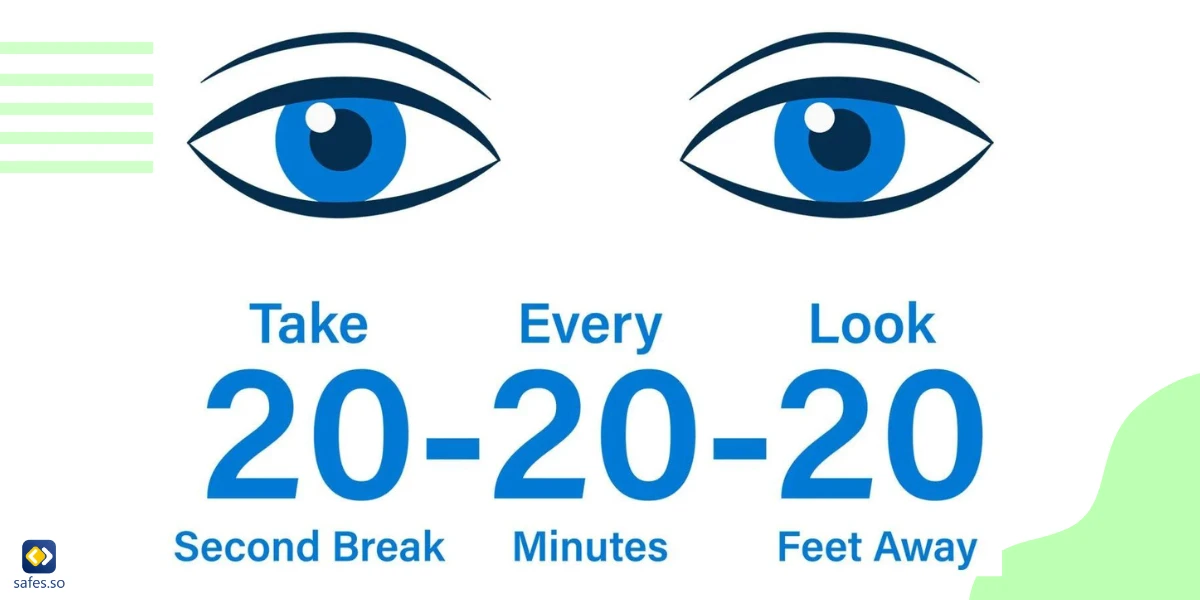
How Can Safes Protect Your Child’s Eyesight?
The Safes parental control app is a fantastic tool to help protect your child’s eyesight by giving you the power to manage their screen time. With features like setting time limits on device usage, scheduling breaks, and monitoring their activity, it’s easier than ever to ensure your little ones aren’t overdoing it with screens. This way, you can encourage healthy habits and reduce their risk of digital eye strain or other vision-related issues. Plus, it’s a great way to strike a balance between technology and real-life experiences, promoting overall well-being in your child’s life.
Give Safes a try, and let it be your ally in safeguarding your child’s precious eyesight. It’s very affordable and available on all devices (phones, tablets, and computers) on all platforms—Android and iOS included. To learn more about how to use Safes to apply parental controls, follow the links below:
- Windows parental controls
- Macbook parental controls
- Parental controls on Android
- iPhone parental controls
Start your 14-day free trial now, and protect your child’s digital well-being without any cost or commitment!
Preventing Blurred Vision in Children
It’s important to take care of your child’s eyesight to prevent blurred vision. Remember, as parents, you play a vital role in ensuring your child’s eye health. Here are some friendly tips to help you along the way:
Schedule regular eye exams: Make sure your child gets their eyes checked at least once a year or as recommended by your optometrist. Early detection of vision problems can make a big difference.
Encourage breaks from screen time: As explained earlier, practice the 20-20-20 rule with your child. It helps reduce digital eye strain and keeps their eyes in good shape.
Have a balanced diet: A well-rounded diet rich in fruits, vegetables, and foods containing essential vitamins (A, C, and E) and minerals (zinc and omega-3 fatty acids), helps maintain good eye health.
Stay hydrated: Drinking enough water is crucial for overall health, including eye health. Encourage your child to drink water throughout the day to help prevent dry eyes and other eye-related issues.
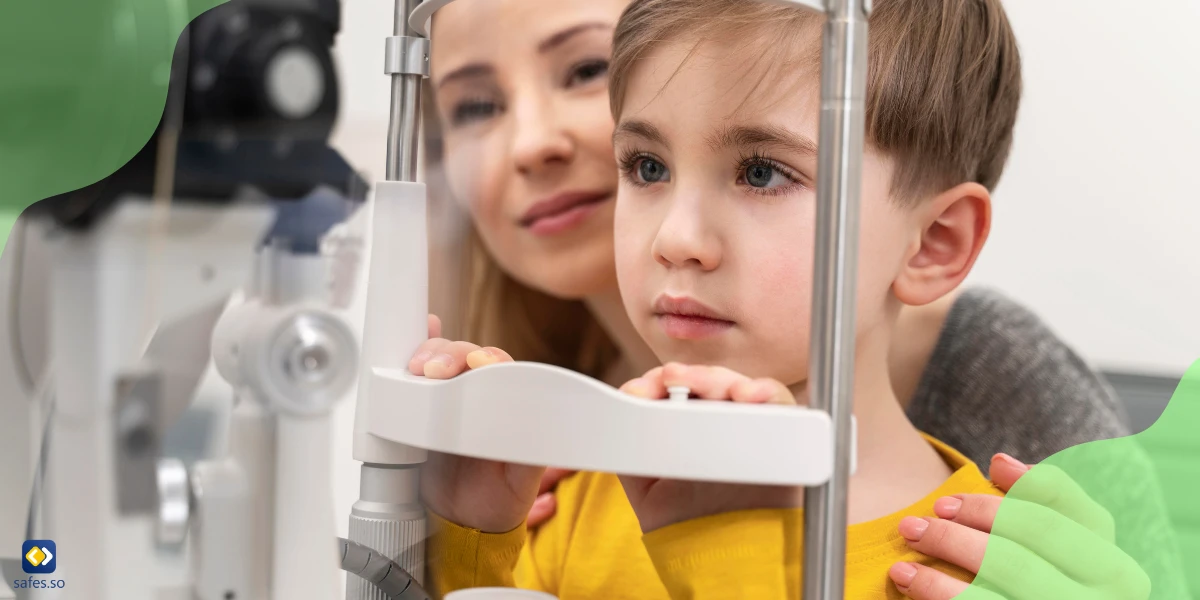
Misconceptions about the Causes of Blurry Vision
Now, let’s clear up some common misconceptions about blurry vision:
Is excessive screen time the sole cause of blurred vision?
Blurred vision is not always caused by excessive screen time. While digital eye strain can result from too much screen time, other factors like astigmatism, myopia, and hyperopia can also cause blurred vision.
Does wearing glasses make my child’s vision worse?
Wearing glasses won’t make your child’s vision worse. In fact, wearing the right prescription can help improve their vision and reduce eye strain.
Can you develop astigmatism from too much screen time?
So, how do you get astigmatism, especially in kids? Astigmatism is usually a result of an irregularly shaped cornea or lens. This irregular shape causes light to bend unevenly and affects vision. In most cases, astigmatism in kids is inherited, meaning it’s passed down from parents to their children. So, if you or your partner have astigmatism, there’s a chance your child may develop it too.
Now, can you develop astigmatism from too much screen time? The answer is no. Astigmatism is a physical condition related to the shape of the eye, and screen time does not directly cause this irregularity. However, excessive screen time can strain the eyes and contribute to other vision issues, so it’s essential to manage children’s screen time for their overall eye health.
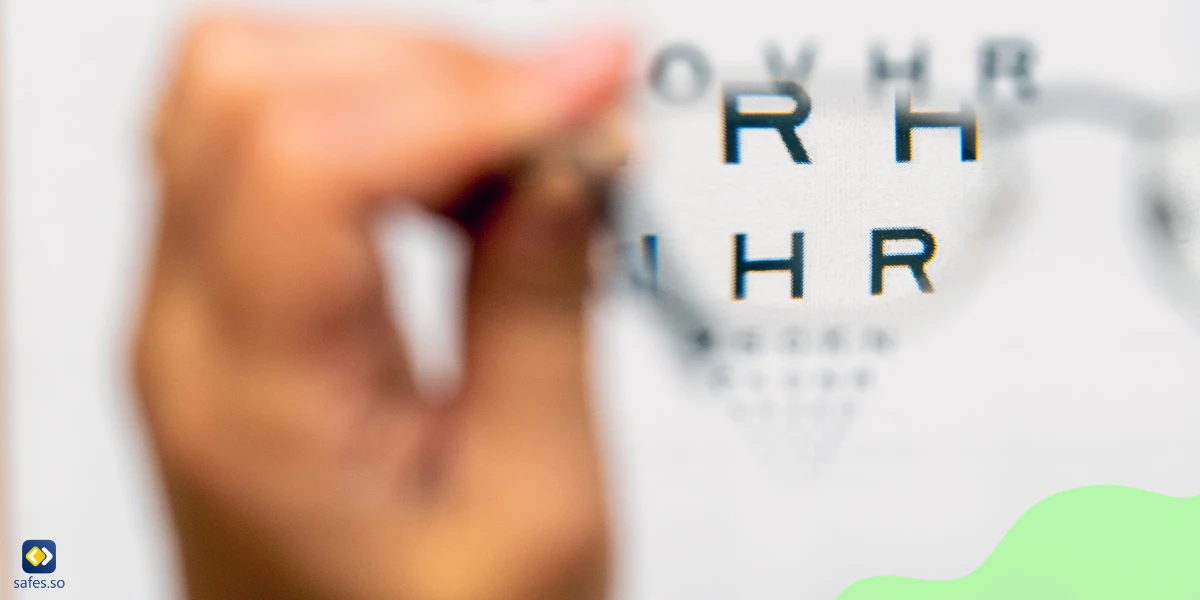
Identifying and Addressing Other Vision Issues
Just like blurred vision, other vision problems can also affect your child’s well-being. Let’s take a look at some common signs and symptoms of these issues:
Dizziness: If your child experiences unsteadiness, lightheadedness, or feelings of imbalance, it might be a sign of a vision problem or an underlying health issue. Keep an eye out for any signs of dizziness, especially after prolonged screen time or while performing activities that require focus.
Cloudy or foggy vision: This can be the result of various eye conditions, making it difficult for your child to see clearly. If your child complains about not seeing things as sharply as before or having a “foggy” view, it’s essential to pay attention to these concerns.
Headaches: Frequent headaches (such as astigmatism headaches) can be a sign of eye strain or other vision issues. If your child complains of headaches, particularly after spending time on screens or concentrating on tasks, it might be time to investigate the cause.
To recognize these issues, regularly communicate with your child about their vision and how they feel. Encourage them to share any concerns or discomfort they might experience. If you notice any of these symptoms or your child reports them, don’t hesitate to seek medical attention. Schedule an appointment with an eye care professional who can assess your child’s vision and recommend the appropriate treatment or corrective measures. Remember, it’s always better to address these issues sooner rather than later to ensure your child’s overall well-being and eye health.
What Causes Blurred Vision?: Conclusion
In conclusion, it’s crucial for parents and caregivers to understand what causes blurred vision in children to protect their eye health. With the increasing use of technology, it’s important to monitor screen time and encourage healthy habits. While excessive screen time may not directly cause astigmatism, it can contribute to eye strain and other vision issues. By using tools such as Safes parental control app, scheduling regular eye exams, and ensuring children take breaks from screens, parents can play a vital role in preventing blurred vision and its underlying causes like myopia, hyperopia, and presbyopia. Additionally, staying informed about other factors that can lead to blurred vision, such as dehydration and medical conditions, can help parents recognize signs and symptoms of vision problems, like dizziness, cloudy vision, and headaches, and seek appropriate medical care when needed.
Your Child’s Online Safety Starts Here
Every parent today needs a solution to manage screen time and keep their child safe online.
Without the right tools, digital risks and excessive screen time can impact children's well-being. Safes helps parents set healthy boundaries, monitor activity, and protect kids from online dangers—all with an easy-to-use app.
Take control of your child’s digital world. Learn more about Safes or download the app to start your free trial today!
